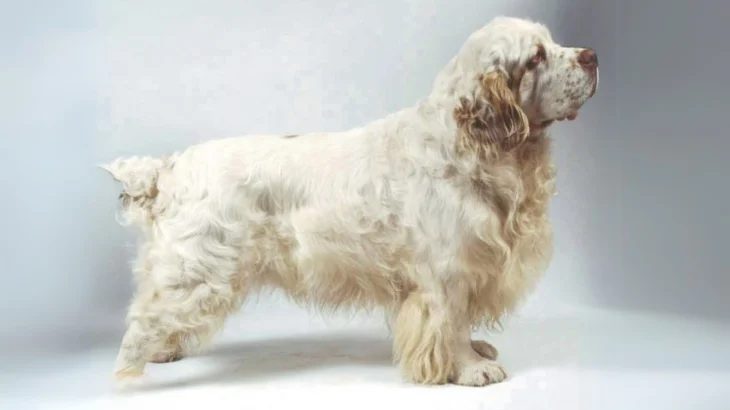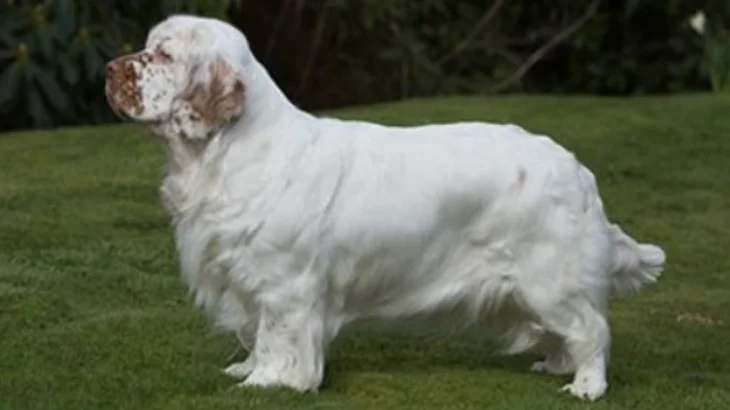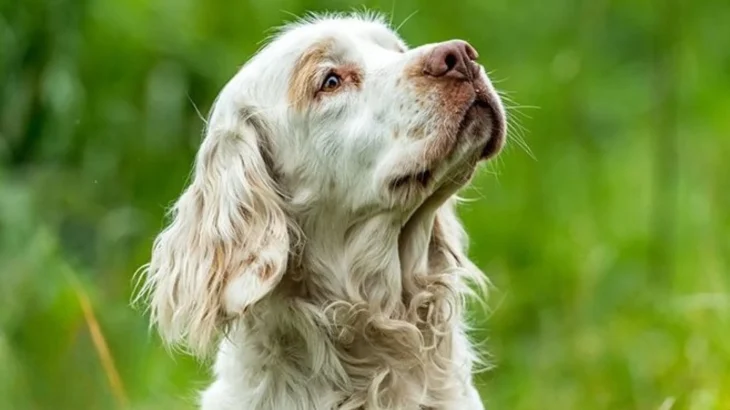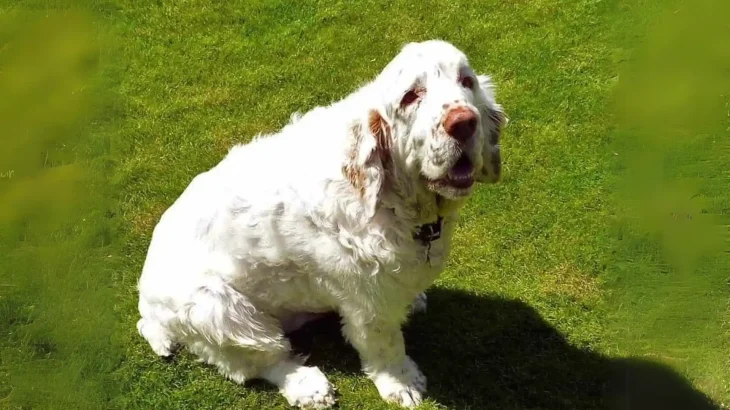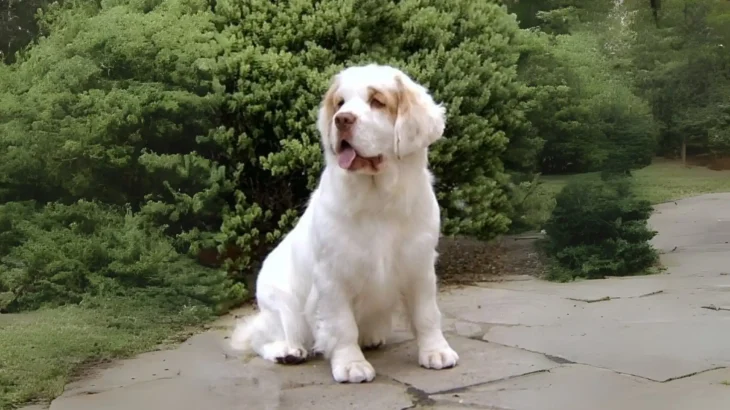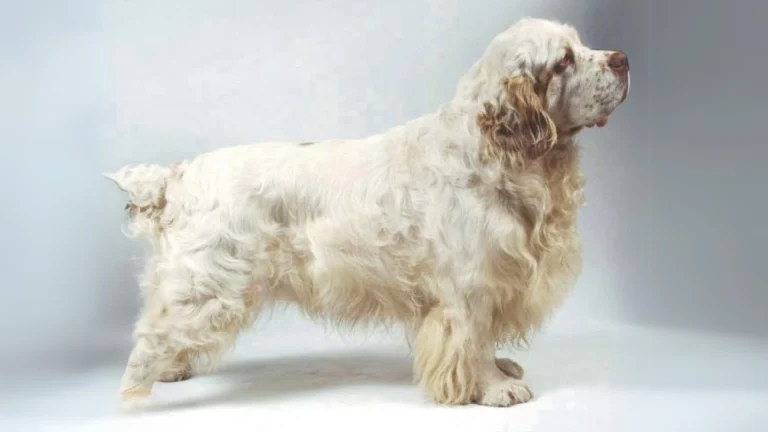Deciding whether to adopt or purchase a Clumber Spaniel puppy depends on your priorities around cost, health transparency, and ethical considerations. Buying from a breeder typically guarantees pedigree details and health records, while adoption offers a chance to give a home to a dog in need and often at a lower cost. Each option carries distinct benefits that align differently depending on what matters most to you.
| Criteria | Buying from Breeder | Adopting from Shelter/Rescue |
|---|---|---|
| Cost | Higher initial cost reflecting purebred lineage and breeder care, often several hundred to over a thousand dollars. | Lower adoption fees, usually more affordable and may include basic medical care. |
| Health History | Access to detailed health records and genetic screenings to reduce risk of hereditary issues. | Health history may be incomplete or unknown, though rescues try to provide health assessments. |
| Age Availability | Primarily puppies, allowing early socialization and training consistent with breed character. | Range of ages available, including adult dogs, which may have established temperaments. |
| Temperament Insight | Breeders can inform about typical breed temperament and parent lineage behavior. | Rescue staff can provide observations but full behavioral background may be uncertain. |
| Ethical Considerations | Supporting responsible breeders who carefully plan litters to maintain breed standards. | Helping reduce shelter populations and offering a home to a dog who may otherwise face euthanasia. |
| Breed Purity & Pedigree | Guaranteed purebred status with pedigree documentation and registration. | Breed status may be mixed or uncertain unless from breed-specific rescues. |

